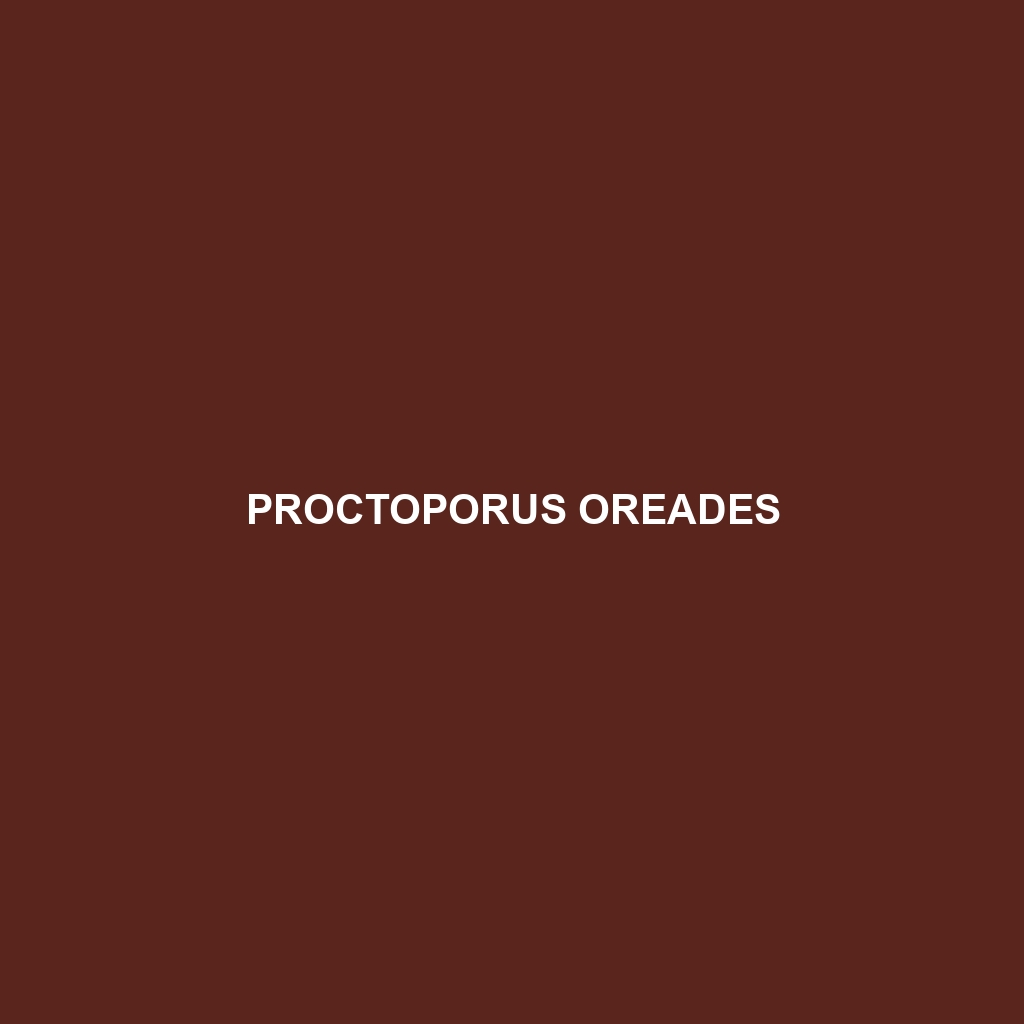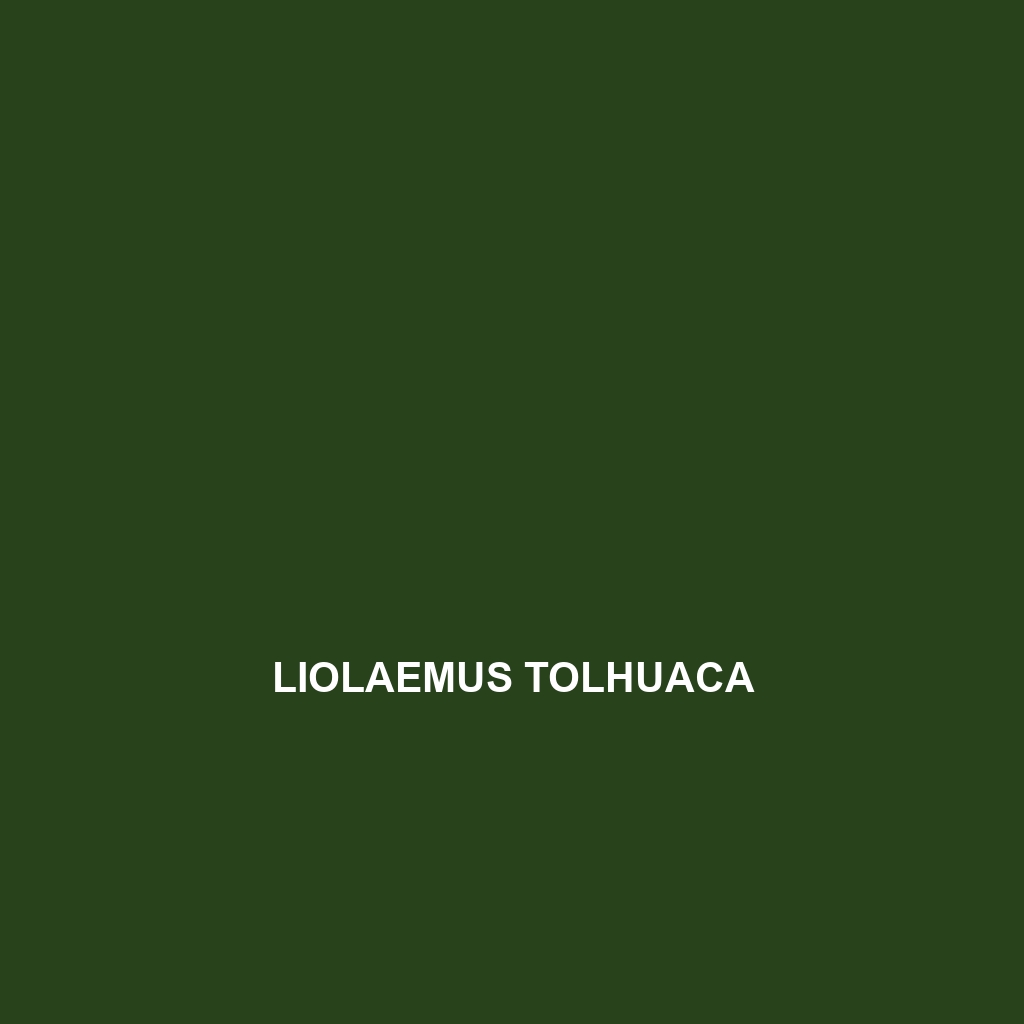Discover the Proctoporus xestus, the Andean lizard, native to high-altitude regions of South America, characterized by its slender body, distinctive earth-tone coloration, and remarkable climbing abilities. Primarily insectivorous and exhibiting diurnal behaviors, this resilient species plays a crucial role in maintaining ecological balance within its Andean habitat.
Tag: Andean ecosystems
Proctoporus oreades
The Proctoporus oreades, commonly known as the Andes lizard, thrives in the Andean mountains' cooler temperate forests and grasslands, exhibiting a distinctive earthy coloration and elongated body. This insectivorous species plays a crucial role in its ecosystem by regulating insect populations and serving as prey for various predators.
Proctoporus machupicchu
Proctoporus machupicchu, commonly known as the Machu Picchu Lizard, is a vulnerable species native to the highland regions of Peru, thriving in temperate forests and moist montane ecosystems. Measuring 15 to 20 centimeters, these diurnal insectivores exhibit striking iridescent scales and play a crucial role in their ecosystem by controlling insect populations.
Proctoporus xestus
Discover the Proctoporus xestus, the Andean lizard, native to high-altitude regions of South America, characterized by its slender body, distinctive earth-tone coloration, and remarkable climbing abilities. Primarily insectivorous and exhibiting diurnal behaviors, this resilient species plays a crucial role in maintaining ecological balance within its Andean habitat.
Proctoporus oreades
The Proctoporus oreades, commonly known as the Andes lizard, thrives in the Andean mountains' cooler temperate forests and grasslands, exhibiting a distinctive earthy coloration and elongated body. This insectivorous species plays a crucial role in its ecosystem by regulating insect populations and serving as prey for various predators.
Proctoporus machupicchu
Proctoporus machupicchu, commonly known as the Machu Picchu Lizard, is a vulnerable species native to the highland regions of Peru, thriving in temperate forests and moist montane ecosystems. Measuring 15 to 20 centimeters, these diurnal insectivores exhibit striking iridescent scales and play a crucial role in their ecosystem by controlling insect populations.
Andinosaura aurea
<p><b>Andinosaura aurea</b>, commonly known as the golden skink, is a vibrant insectivorous lizard native to the Andean rainforests of South America. With a striking golden coloration and a diurnal lifestyle, this species plays a crucial role in controlling insect populations and maintaining ecological balance.</p>
Phyllodactylus interandinus
Discover the Andean Leaf-toed Gecko, <b>Phyllodactylus interandinus</b>, a vulnerable species native to the Andean mountain range. With its unique leaf-like toes and adaptive camouflage, this nocturnal gecko thrives in rocky terrains and plays a vital role in maintaining insect populations and biodiversity in its ecosystem.
Andinosaura aurea
<p><b>Andinosaura aurea</b>, commonly known as the golden skink, is a vibrant insectivorous lizard native to the Andean rainforests of South America. With a striking golden coloration and a diurnal lifestyle, this species plays a crucial role in controlling insect populations and maintaining ecological balance.</p>
Liolaemus tolhuaca
<b>Liolaemus tolhuaca</b>, a slender lizard native to the temperate forests of the Andes Mountains in southern Chile, measures 10 to 15 centimeters, exhibits earth-toned coloration for camouflage, and plays a vital role in its ecosystem by regulating insect populations and serving as prey for larger animals. This species is listed as vulnerable due to habitat loss, making conservation efforts essential for its survival.









